Creating a private oasis in your outdoor patio can transform the space into a peaceful retreat for relaxation and socializing. Whether you want to block out noise, shield yourself from prying eyes, or simply enhance the ambiance, there are plenty of creative solutions to add privacy. From natural elements to modern structures, the right approach can help you achieve the perfect balance between seclusion and style.
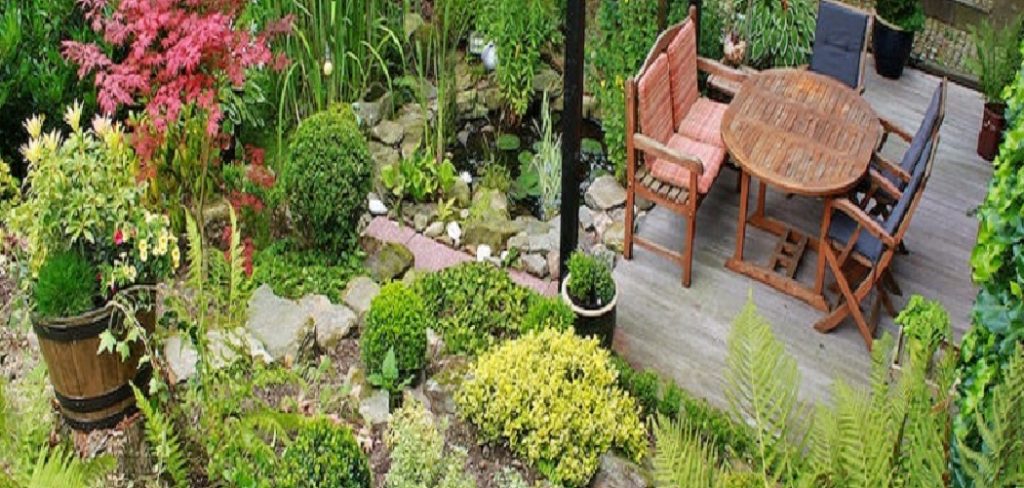
Importance of Privacy in Outdoor Spaces
Privacy in outdoor spaces plays a crucial role in enhancing comfort and fostering a sense of security. A private patio allows you to truly unwind and enjoy your personal space without the concerns of external disturbances or intrusion. It creates a boundary that helps cut down on unwanted noise and distractions from neighboring properties or busy streets, making the environment more serene and enjoyable.
Additionally, a sense of privacy encourages more intimate gatherings with family and friends, enabling you to socialize freely. Whether it’s for moments of quiet solitude or vibrant social events, privacy is essential for making the most of your outdoor living area.
Assessing Your Patio Space and Privacy Needs
Before deciding on the best privacy solutions for your patio, it’s essential to evaluate your space and identify your specific needs. Start by considering the size and layout of your patio—smaller spaces may require compact and versatile privacy options, while larger areas can accommodate more expansive installations. Take note of the surrounding environment, such as nearby buildings, street visibility, and the proximity of neighbors.
Understanding these external factors will help you determine the level of privacy required. Additionally, think about how you use your patio. Do you primarily relax alone, dine with family, or host group gatherings? Your patio’s purpose will influence the type of privacy elements needed to match your lifestyle. By fully assessing these factors, you’ll be better positioned to select the ideal privacy solutions for your outdoor space.
10 Methods How to Create Patio Privacy
1. Installing Outdoor Curtains for a Soft, Elegant Look
Outdoor curtains provide a simple yet stylish way to create patio privacy. Made from weather-resistant fabrics, these curtains can be hung from a pergola, a freestanding frame, or curtain rods attached to the patio structure.
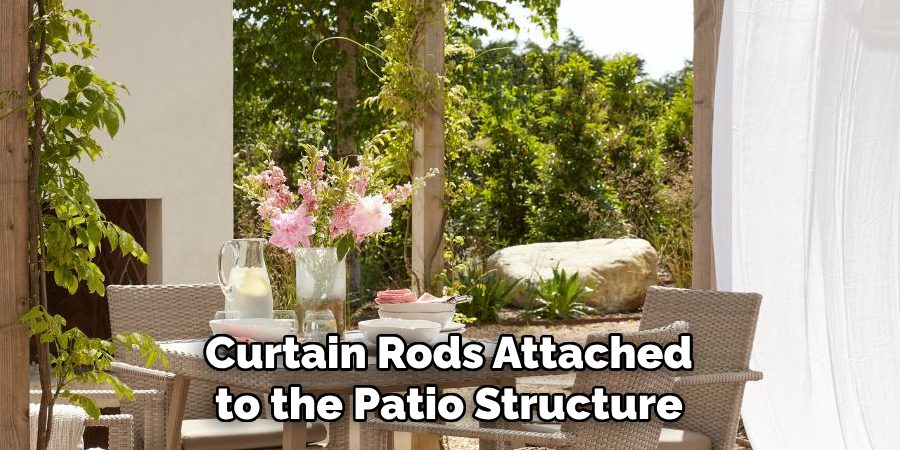
Light, flowing fabrics like sheer linen add a breezy, tropical feel, while heavier, opaque fabrics offer maximum privacy and shade. The advantage of curtains is their flexibility—they can be drawn closed when privacy is needed or tied back to open up the space. Choosing moisture-resistant, UV-protected materials ensures longevity and minimal maintenance.
2. Using Tall Plants and Greenery for a Natural Barrier
Lush greenery is one of the most visually appealing and eco-friendly ways to create patio privacy. Tall plants, such as bamboo, boxwood, or arborvitae, can form a dense natural screen. Potted plants arranged along the patio perimeter offer flexibility, as they can be moved or rearranged as needed.
Climbing vines like ivy, jasmine, or clematis can be trained to grow on trellises or fences for additional coverage. Using a mix of evergreen and flowering plants ensures year-round beauty while also acting as a sound barrier to dampen noise from neighbors or traffic.
3. Building a Pergola with Lattice Panels for Partial Seclusion
A pergola with lattice panels is a stylish and functional way to create a sense of enclosure while still allowing airflow and natural light. The lattice design provides semi-privacy while supporting climbing plants that enhance the overall look.
To maximize coverage, attach retractable fabric shades or roll-up bamboo blinds to the sides of the pergola. This method is ideal for those who want a structured yet open feel to their patio while adding architectural interest to the outdoor space.
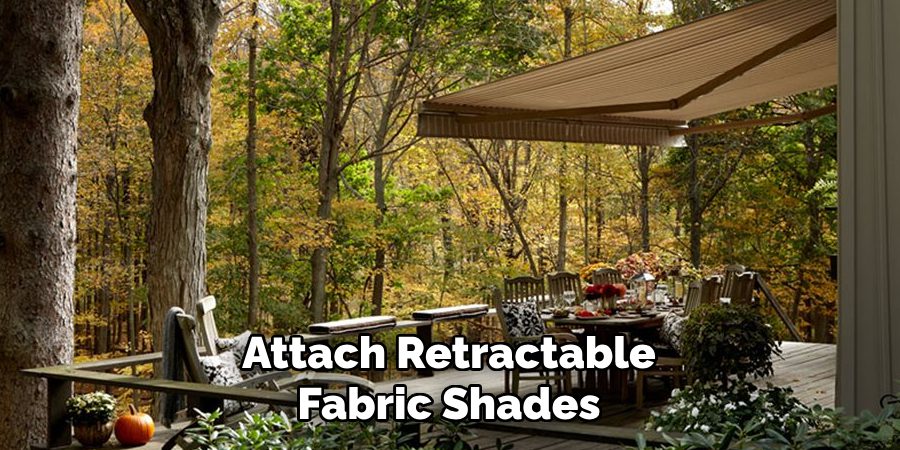
4. Installing a Privacy Screen for a Quick and Effective Solution
Privacy screens are a practical and easy-to-install option for creating an enclosed patio area. Available in materials like wood, metal, resin, or fabric, these screens come in various designs to match different aesthetics.
Freestanding screens can be repositioned as needed, making them ideal for renters or temporary setups. For a more permanent solution, installing a fixed privacy screen with decorative cut-outs or slats can add both privacy and a modern touch to the patio.
5. Adding a Water Feature to Mask Noise and Enhance Ambiance
While a water feature does not provide physical privacy, it adds an auditory barrier that enhances the feeling of seclusion. A small fountain, waterfall, or bubbling rock feature helps mask unwanted noise from neighbors or street traffic, creating a tranquil and peaceful atmosphere.
The sound of flowing water combined with greenery or privacy screens creates an immersive outdoor retreat. Additionally, water features can serve as focal points, adding elegance and sophistication to the patio design.
6. Constructing a Wooden or Bamboo Fence for a Rustic Look
A fence is one of the most effective ways to create full patio privacy. Wooden fences can be customized with horizontal or vertical slats, while bamboo fences offer a natural and tropical aesthetic. To soften the look, climbing plants or hanging planters can be added to the structure.
Staining or painting the fence to match the patio décor enhances the overall visual appeal. If full enclosure is not necessary, a half-height fence or decorative fence panels can provide a balance of openness and privacy.
7. Using Outdoor Shade Sails or Canopies for Overhead Privacy
Overhead privacy is sometimes overlooked but can be crucial for patios exposed to upper-story windows or high-rise buildings. Shade sails, made from durable, weather-resistant fabric, can be anchored between posts, walls, or pergolas to block views from above while providing shade.
Canopies with retractable fabric or adjustable louvers offer versatility, allowing users to control the level of sunlight and coverage. This method is particularly useful in sunny climates where shade is just as important as privacy.
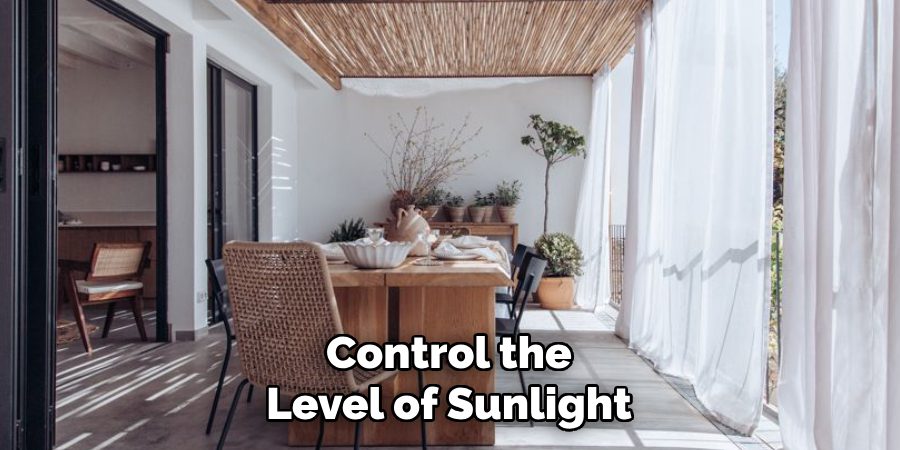
8. Arranging Outdoor Furniture Strategically to Create Intimate Spaces
The layout of outdoor furniture plays a significant role in creating privacy on a patio. Positioning seating areas against a wall, fence, or hedge naturally encloses the space. Large sectional sofas or high-backed chairs serve as visual barriers while providing comfort.
Incorporating side tables, planters, or decorative screens between seating areas further enhances the sense of enclosure. A well-thought-out furniture arrangement ensures that the patio remains both functional and secluded.
9. Using Trellises and Vertical Gardens for a Green Privacy Wall
A trellis covered with climbing plants or a vertical garden is a space-saving and decorative way to create patio privacy. Trellises can be freestanding, attached to walls, or incorporated into a pergola. Fast-growing vines such as wisteria, honeysuckle, or morning glory provide quick coverage and add a touch of natural beauty.
Alternatively, vertical gardens filled with potted herbs, ferns, or succulents offer both privacy and a vibrant, living design element. This method is ideal for small patios or urban settings where ground space is limited.
10. Hanging Outdoor Blinds or Roll-Up Shades for Adjustable Coverage
Outdoor blinds or roll-up shades made from bamboo, PVC, or fabric provide an adjustable solution for patio privacy. These can be mounted to pergolas, overhangs, or exterior walls and pulled down as needed to block visibility from neighbors.
Bamboo blinds create a warm, natural look, while weatherproof fabric shades offer UV protection and durability. Motorized options provide convenience, allowing users to control the shades with the push of a button. This method is particularly useful for patios that need adaptable privacy throughout the day.
Maintenance and Upkeep
To keep your patio privacy solutions looking their best and functioning effectively, regular maintenance is essential. For plant-based options such as trellises, vertical gardens, or climbing vines, ensure proper watering, trimming, and fertilizing to maintain healthy growth and coverage.
Periodically inspect wooden or bamboo structures for signs of wear, such as rot, warping, or pest damage, and apply sealant or stain as needed to protect the materials from weathering. For outdoor furniture and privacy screens made of metal, resin, or fabric, clean them with mild soap and water to remove dirt and debris, and check for rust, fading, or other damage over time.
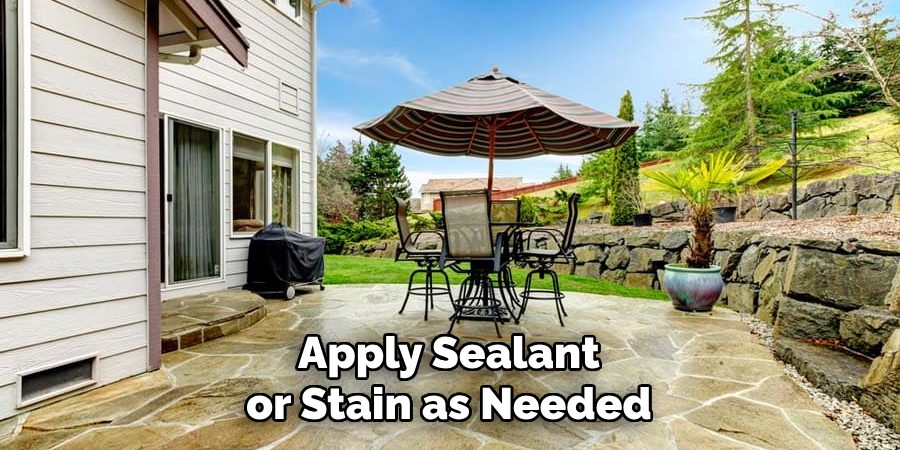
Water features may require routine cleaning to prevent algae buildup and ensure the pump continues to operate smoothly. Outdoor blinds, shades, and sails should be cleaned regularly, and any tears or loose attachments should be promptly repaired to maintain their integrity. Proper maintenance not only extends the lifespan of your privacy solutions but also ensures that your patio remains a comfortable and inviting retreat.
Conclusion
Creating a private patio enhances comfort, relaxation, and enjoyment of outdoor spaces. Whether through natural barriers like plants, structural additions like fences and pergolas, or flexible options like curtains and blinds, there are numerous ways to achieve seclusion while maintaining style and functionality. Now that you know how to create patio privacy, try it yourself today and feel good about completing such a big DIY job!

Professional Focus
Oliver Wood, a passionate patio designer, specializes in creating comfortable and inviting outdoor spaces that enhance relaxation and entertainment. His work combines a deep understanding of design with a love for nature, making him a standout professional in the field of outdoor living spaces. Through his thoughtful approach, he transforms everyday patios into extraordinary retreats for family and friends.
About the Author
Oliver Wood, a skilled patio designer, shares his expertise on outdoor living through his designs and insights. With a background in patio design and a genuine passion for creating beautiful spaces, he encourages others to invest in their outdoor environments, enhancing their homes with functional and inviting spaces for relaxation and entertainment.
Education History
University: Virginia Union University
Oliver’s education equipped him with the knowledge and skills to design patios that merge aesthetics with comfort, transforming outdoor areas into beautiful extensions of the home.
Expertise:
- Patio Design and Outdoor Living Spaces
- Functional and Aesthetic Landscaping
- Comfortable and Inviting Outdoor Environments
- Design Philosophy for Family-Oriented Spaces
- Creating Spaces for Relaxation and Entertainment
